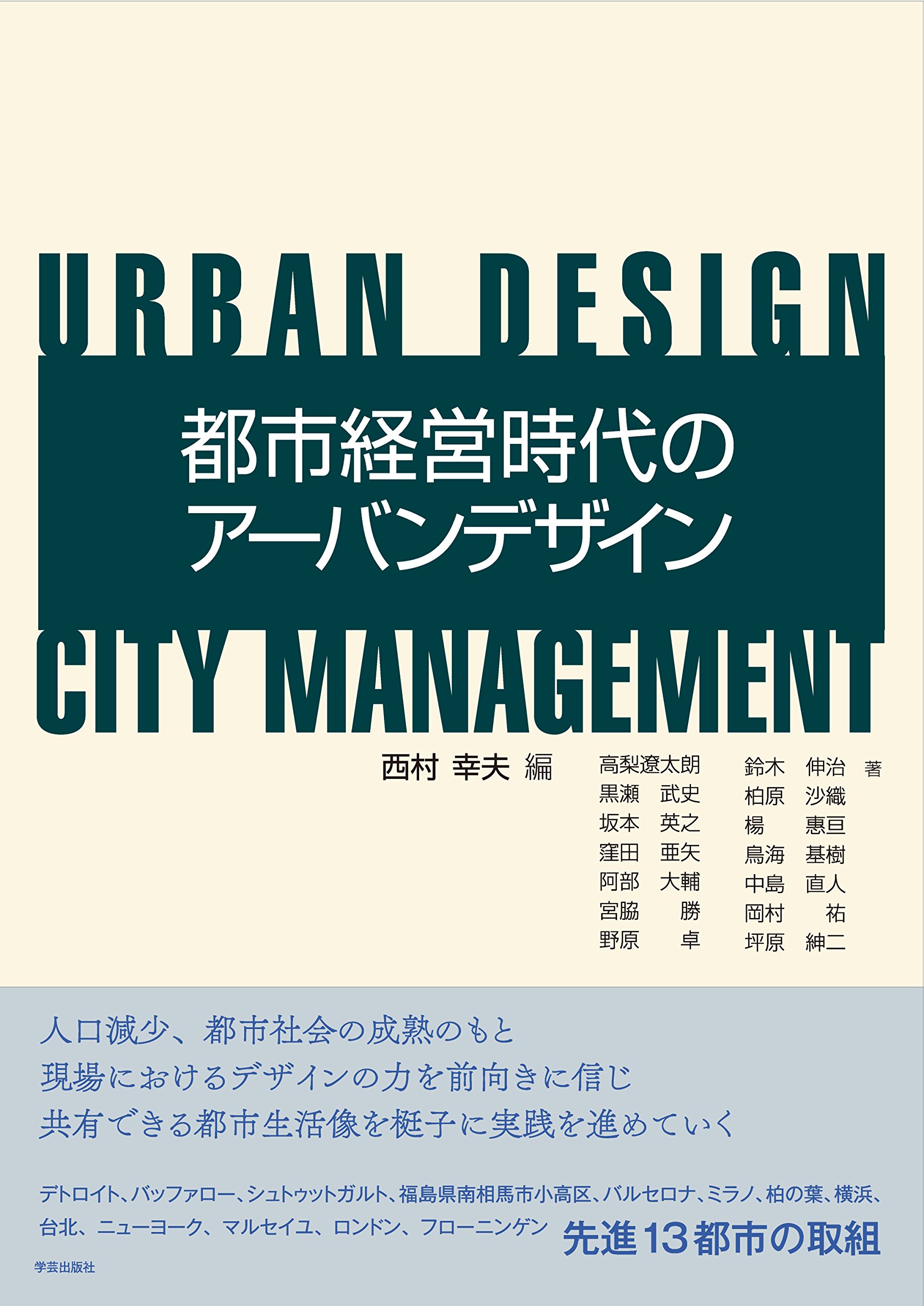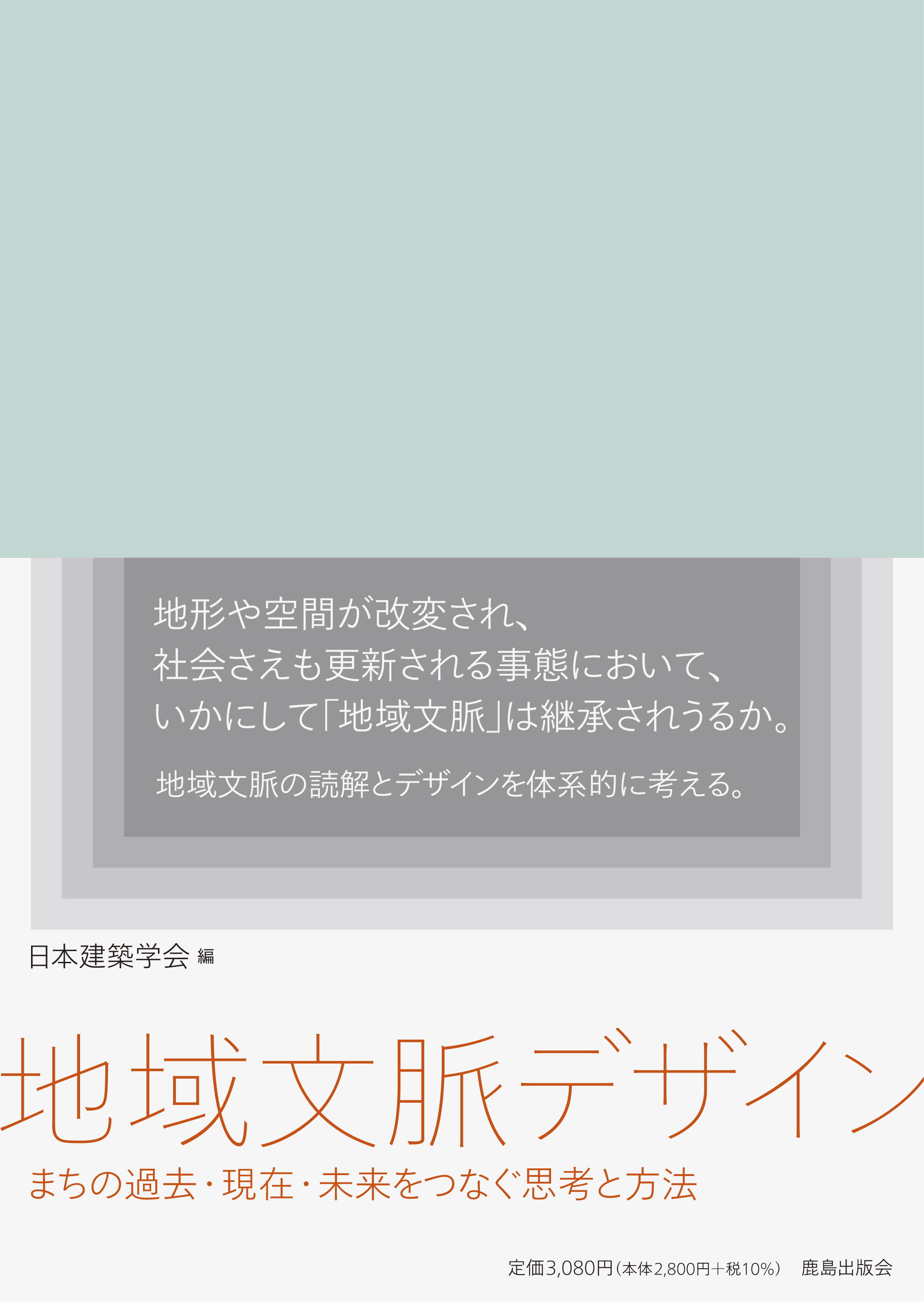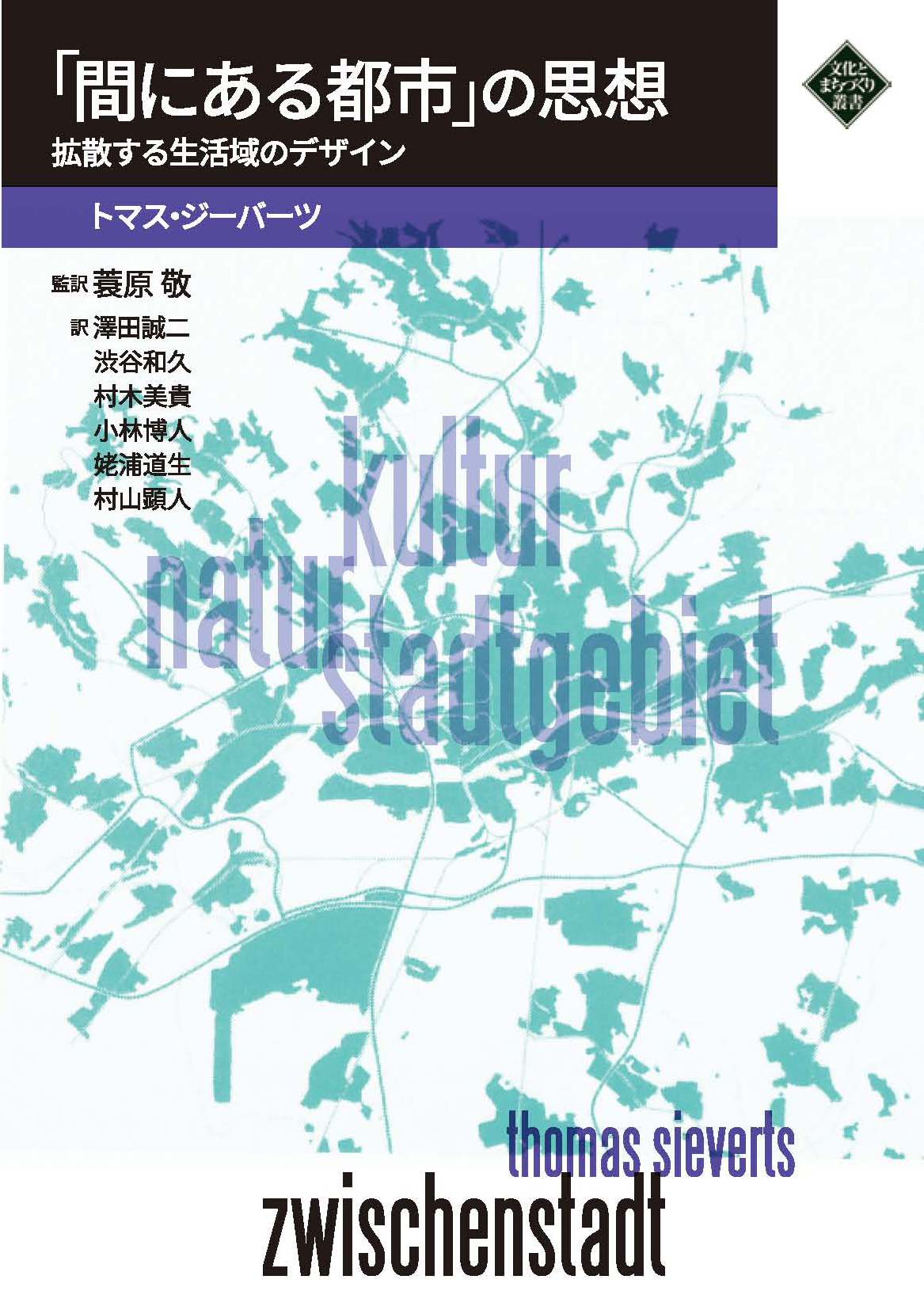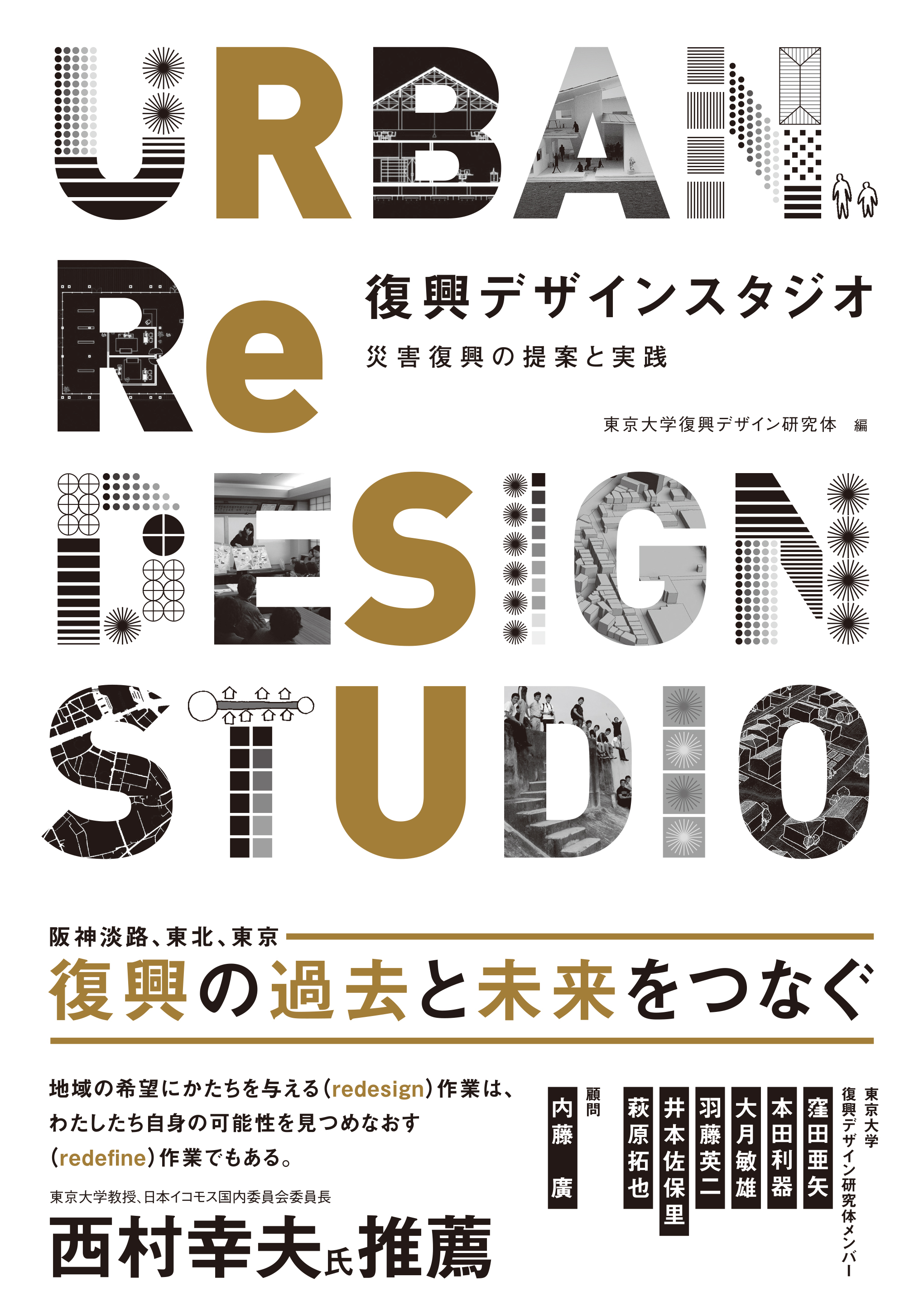
Title
Toshi Keiei Jidai no Urban Design (Urban Design in the Age of City Management)
Size
224 pages, B5 format
Language
Japanese
Released
February 28, 2017
ISBN
978-4-7615-3228-4
Published by
Gakugei Shuppansha
Book Info
See Book Availability at Library
Japanese Page
This single volume sums up the results of the most recent research by a group of scholars who have continuously surveyed trends in city planning and urban design in foreign cities. The social and scholarly significance of this book lies in the fact that in order to discover perspectives permitting the sharing of new directions that future urban design should aim for from among new avenues of urban design of cities in Europe, America, and Asia, where advanced efforts are being undertaken, based on the results of surveys and analyses, it presents an awareness of the “Age of City Management.” This is defined as “an age in which it is essential to take responsibility for the integrated management of cities combining hard and soft measures.” This book presents urban design as an “urban cultural policy” that depicts neither a “figure” nor “ground” but “the culture of everyday life” itself, which will be developed with these as its stage as the successor to “urban design as spatial design,” which portrays a “figure,” and to “urban design as public policy,” which strengthens links with urban planning and expands its object beyond “figure” to include “ground”; both were born as an extension of architectural design in the historical development of urban design. It is “urban design that plays a part in the cultural policy of cities, which is relying on the strength of the culture of ordinary citizens to revise the ideal form of cities, or in other words, to review urban life itself in the context of culture.”
The book consists of three parts, each of which deals with a challenge in urban design that must be overcome in the “Age of City Management.” Part one, “Urban Design in the Age of Population Decline,” visualizes the overall process through which an urban image itself is born and shared and discusses urban design that dynamically initiates and contributes to a consensus among the people of a region. Part two, “Urban Design that Supports a Mature Society,” attempts to indirectly contribute to the diversity or sustainability of a city by promoting the creation of attractive cities as cultural policy, or by realizing a vocabulary of urban design such as reviving activities on city streets. Finally, part three, “Consensus-building and Leadership Aiming for the Design of Urban Life,” explains the urban strategy—promoting the practice of urban design levered by a genuine sense of urban life that can be shared—aiming for strategic consensus building through designing urban life rather than designing urban space. The writer of each chapter energetically applies his or her literary style to delineating the concrete state of urban space and urban life, which give birth to urban design, while digging deeply into the unique challenges that form the background to urban policies in each city.
(Written by NAKAJIMA Naoto, Associate Professor, School of Engineering / 2018)



 Find a book
Find a book












